Best Foldable Phones: Our Top Picks for 2025
We may earn a commission if you make a purchase from the links on this page.

Foldable phones have matured, and 2025 is the year they finally feel ready for everyone. Samsung has reclaimed the top spot with the Galaxy Z Fold 7, its most refined Fold yet, pairing a thinner and lighter design with a flagship-grade 200 MP camera.
Oppo still leads in pure camera performance with the Find N5, while Honor’s Magic V5 pushes forward with thinness and portability. Vivo’s X Fold 3 Pro sets the battery life benchmark with the best battery life we’ve tested, and Google’s Pixel 9 Pro Fold will soon be replaced by the Pixel 10 Pro Fold.
Jump to:
Best Overall Foldable Phone
The Galaxy Z Fold 7
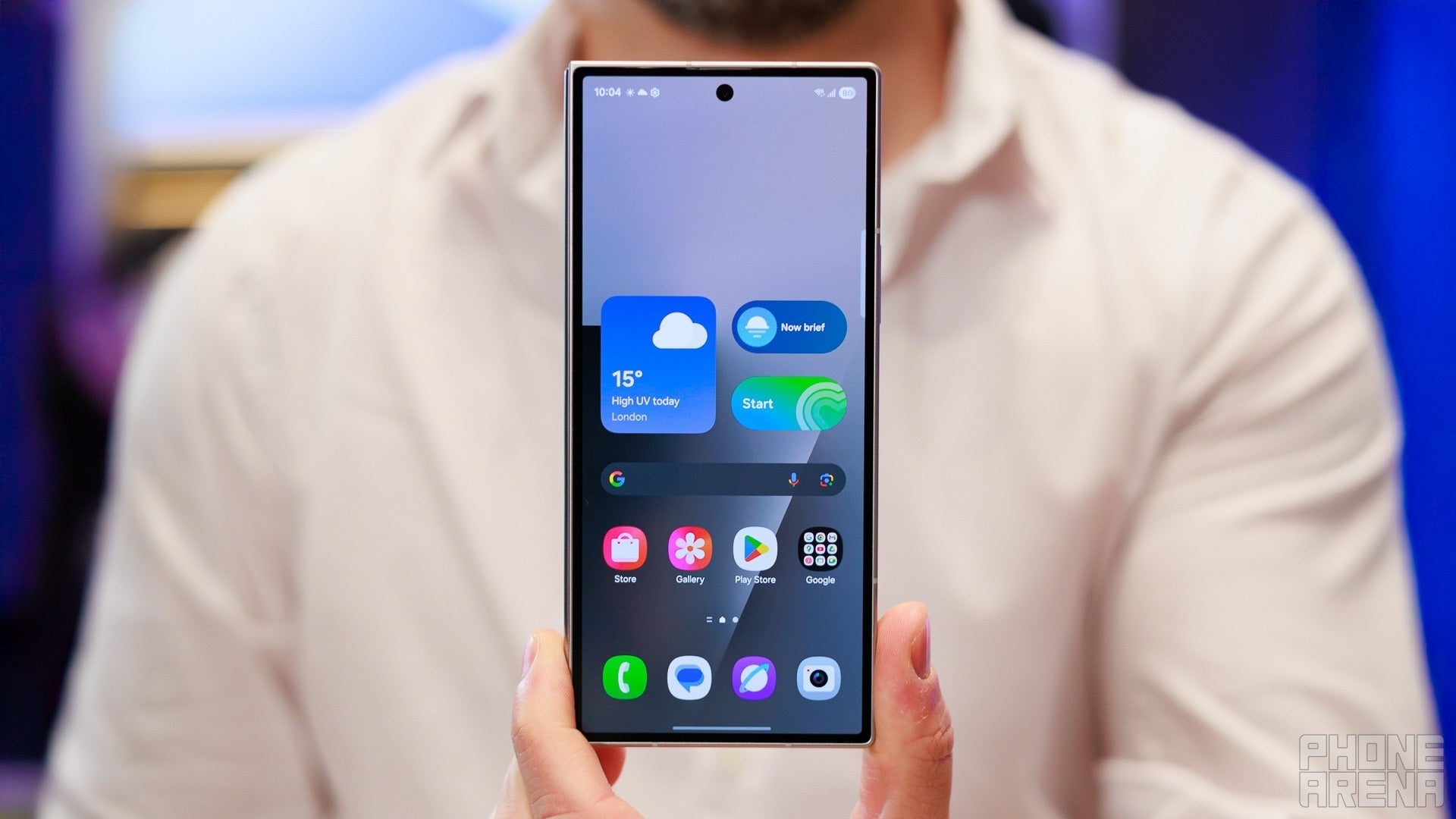
The Z Fold 7 finally feels ‘normal’ in the hand — thin, light, and easy to pocket | Image by PhoneArena
The Galaxy Z Fold 7 was released in July 2025 and represents a turning point for Samsung foldable phones. After years of chasing slimmer, sleeker Chinese competitors, the Fold 7 finally feels like the perfected vision that Samsung was going for. It fixes long-standing complaints about thickness, the cover screen, and even the crease, all while maintaining Samsung’s unmatched software support and worldwide availability.
Why I Picked It?
The Fold 7 struck the best balance between refinement, performance, and availability during our testing. The design is dramatically thinner and lighter at just 8.9mm (when folded) and it weighs only 215g. It’s the first Fold that truly feels like a regular phone in the hand.
The wider 6.5-inch cover screen feels more practical and "regular", so I didn’t feel compelled to unfold the phone for everyday tasks. Speaking of, the 8-inch inner display is brighter and sturdier thanks to a thicker UTG layer, with a crease that’s much less noticeable. What's more, The new 200 MP main camera is a huge step up, nearly matching the Galaxy S25 Ultra in detail and sharpness.
Availability also played a big role. While Oppo, Honor, and Vivo have great foldables, they’re often limited in where you can buy them. The Fold 7 is widely available in the U.S. with trade-in deals that take some sting out of its $2,000 price, making it a much easier recommendation.
Who’s It For?
If you’ve been waiting for a compact foldable with a solid camera and durability, but also reliable software, the Z Fold 7 is the one that finally that possible. I'd recommend it to anyone that doesn't have access, or is not a fan of the foldable phones that are not available in the U.S.
Read more:
Best Battery Life on a Foldable Phone
Vivo X Fold 3 Pro
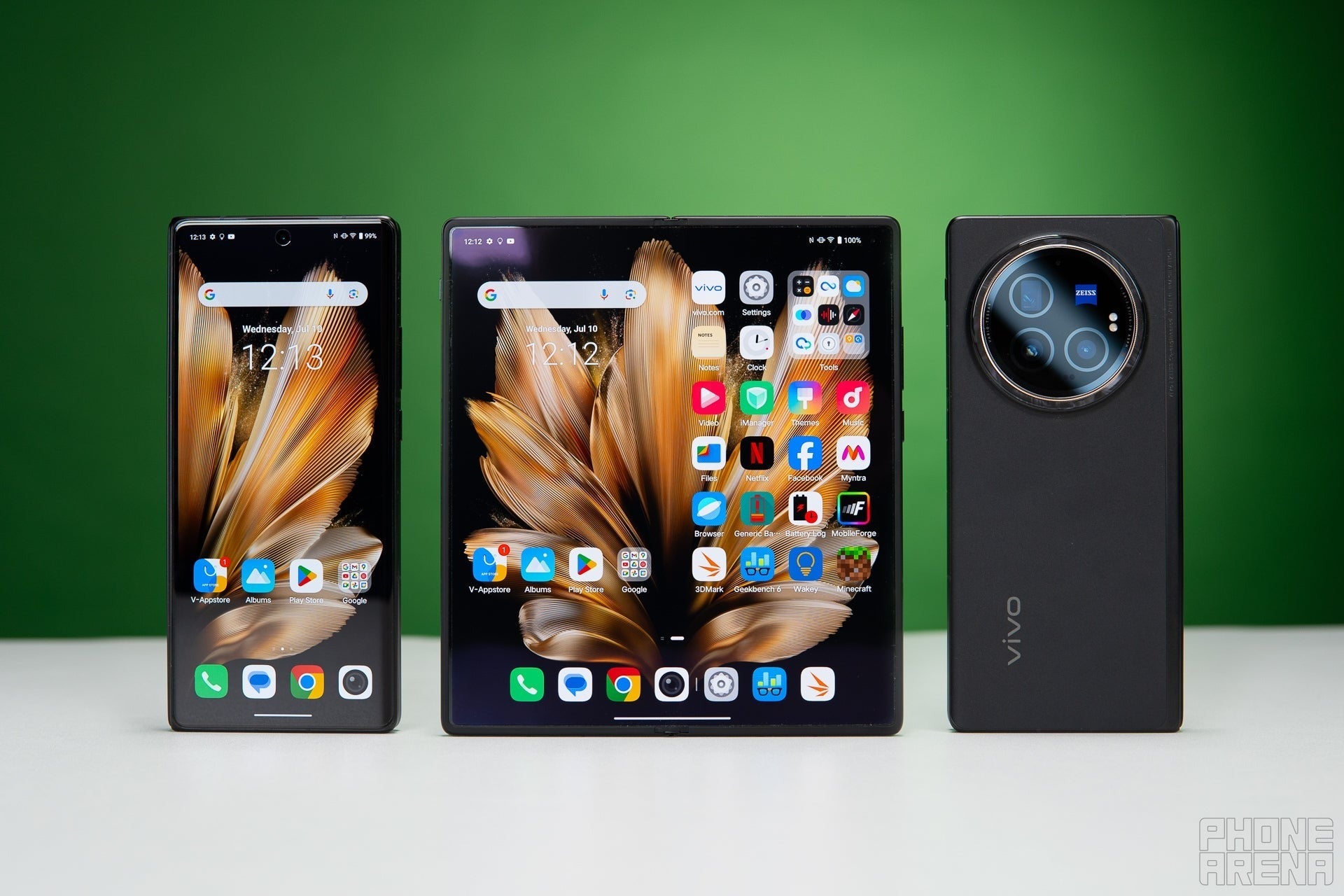
The Vivo X Fold 3 Pro has the best battery life of any foldable we’ve tested | Image by PhoneArena
The Vivo X Fold 3 Pro stood out immediately in our battery lab tests. It pushed past every competitor, lasting 6 hours and 45 minutes in our stress test.
Why I Picked It?
The Vivo X Fold 3 Pro is the foldable I didn't have to worry about when it comes to battery life, which is rare for a large foldable phone. Our lab stress test confirmed it as the longest-lasting foldable of 2025 with 6h 45m, outperforming even the Honor Magic V3 and Oppo Find N5. It scored particularly well in browsing (13h 38m) and video playback (10h 32m), which reflects my real-world experience. I like watching long YouTube videos, and I often do things like photos editting, but neither forced me to reach for the charger by the evening.
A big reason for its great battery life is its massive 5,700 mAh battery capacity, but Vivo also clearly optimized thermal management and display efficiency. Even during extended gaming, the X Fold 3 Pro lasted over 10 hours in our testing.
Who’s It For?
If battery life is your top priority, this is the foldable for you. You’ll need to deal with limited U.S. availability, but for power users and travelers, it’s the clear battery champ.
Also read:
Best Camera on a Foldable Phone
Oppo Find N5
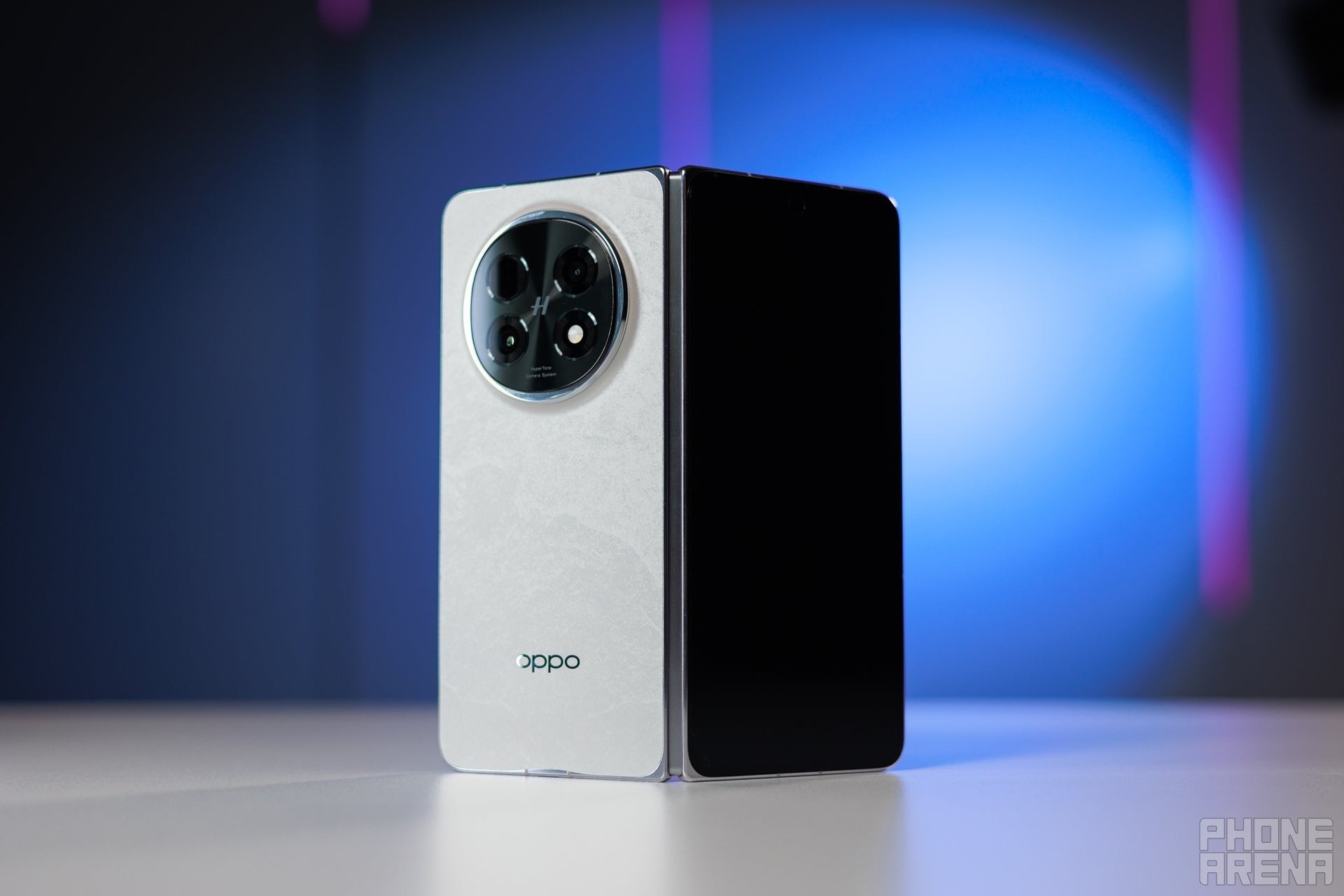
The Oppo Find N5 blends luxury design with leading performance | Image by PhoneArena
The Oppo Find N5 debuted earlier in 2025 and quickly set a new bar for foldable photography. It combines Oppo’s elegant industrial design with one of the most capable triple-camera systems ever put in a foldable, earning the highest camera score of any foldable in our tests.
Why I Picked It?
There is no other foldable that can currently outperform the Find N5 in our camera benchmarks. The 50 MP main sensor, 50 MP 3x telephoto and 8 MP ultrawide delivered consistently natural and well-balanced photos. In our tests, the Find N5’s leaned toward realistic tones and restrained processing, which is a welcome sight given the often oversaturated results from competitors.
Yes, availability is limited outside Asia, and in the U.S. it’s virtually impossible to buy one through carriers. But for those who can get it, the Oppo Find N5 is the best choice if your priority is camera quality on a foldable. It proves that you don’t need to sacrifice great image quality in order to enjoy the foldable form factor.
Who’s It For?
The Oppo Find N5 is for people who want the absolute best hardware design in the foldable world, with no compromises on display quality or performance. If availability in your region isn’t an issue, it’s the most polished foldable you can buy in 2025.
Read more:
Most Compact Foldable Phone
Honor Magic V5
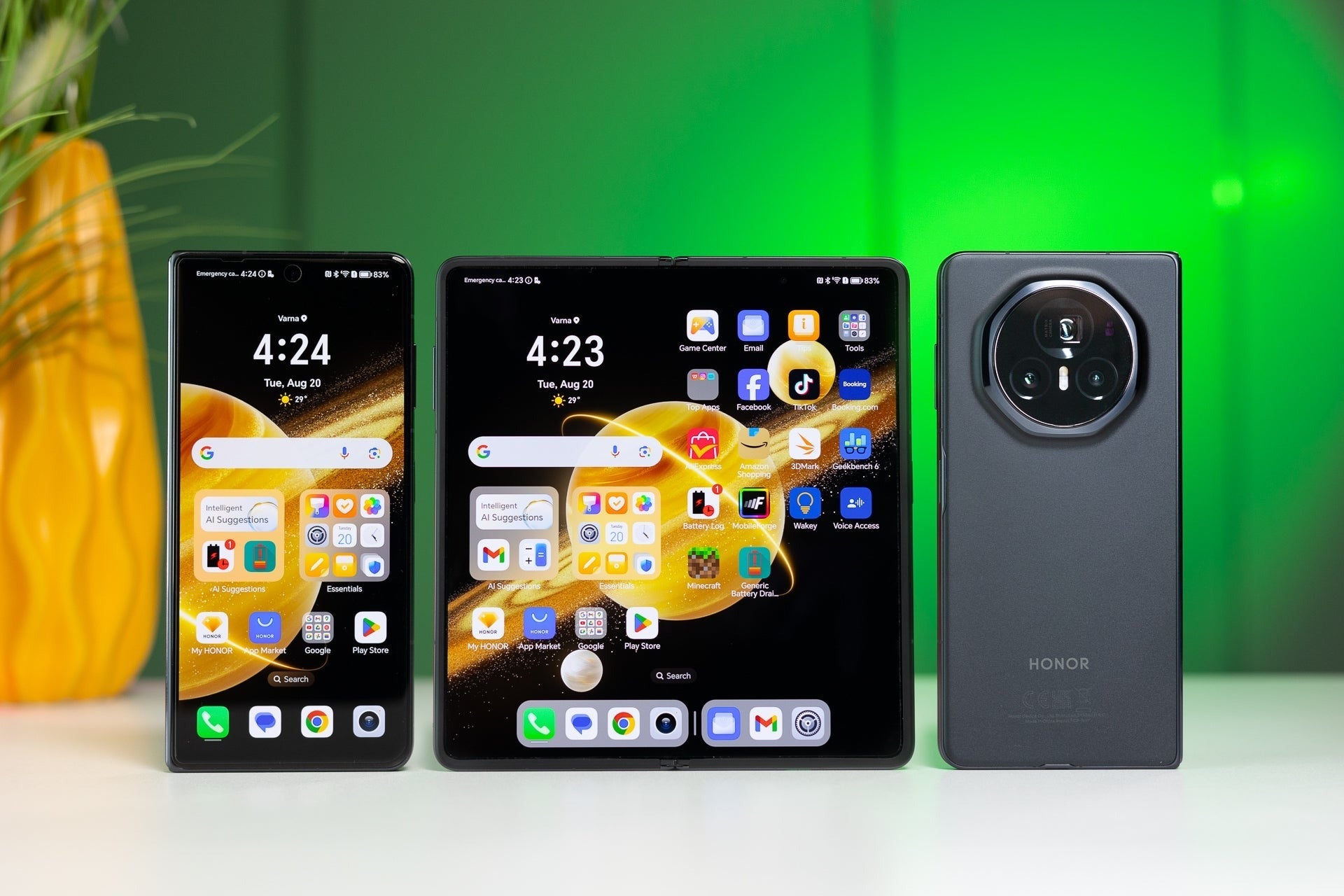
Magic V5 feels effortless to carry and use for long sessions | Image by PhoneArena
The Honor Magic V5 was announced in July 2025 and has since expanded to markets beyond China, including parts of Europe. For Honor, it represents the company’s most ambitious global foldable yet. It combins extreme thinness with high-end performance, longer software support, and a focus on day-to-day usability. While limited availability in the U.S. remains a drawback, the Magic V5 is a statement device that shows Honor is serious about competing at the very top of the foldable market.
Why I Picked It?
Comfort does not only depend on thinness or size; it’s how a phone feels and "behaves" every time you pick it up. The Magic V5 nails the little things that make living with a foldable pleasant.
Both its displays support Honor’s Magic-Pen, which is surprisingly handy for annotating PDFs or quick sketches.
Performance is buttery smooth (it tops our overall chart at 7.5 in the current class), and while our battery life estimate was about 6h 21m, the 66 W wired and 50 W wireless charging makes top-ups painless. We managed to charge the phone to 80% in just 30 minutes, and it took only 47 minutes to charge it fully.
Who’s It For?
Users who value feel and ergonomics above all and don’t mind importing to get it. The minimal crease, smooth hinge, great cover screen, and super fast charging speeds are the V5's biggest selling points.
Also read:
Most Comfortable Foldable Phone
The Pixel 9 Pro Fold
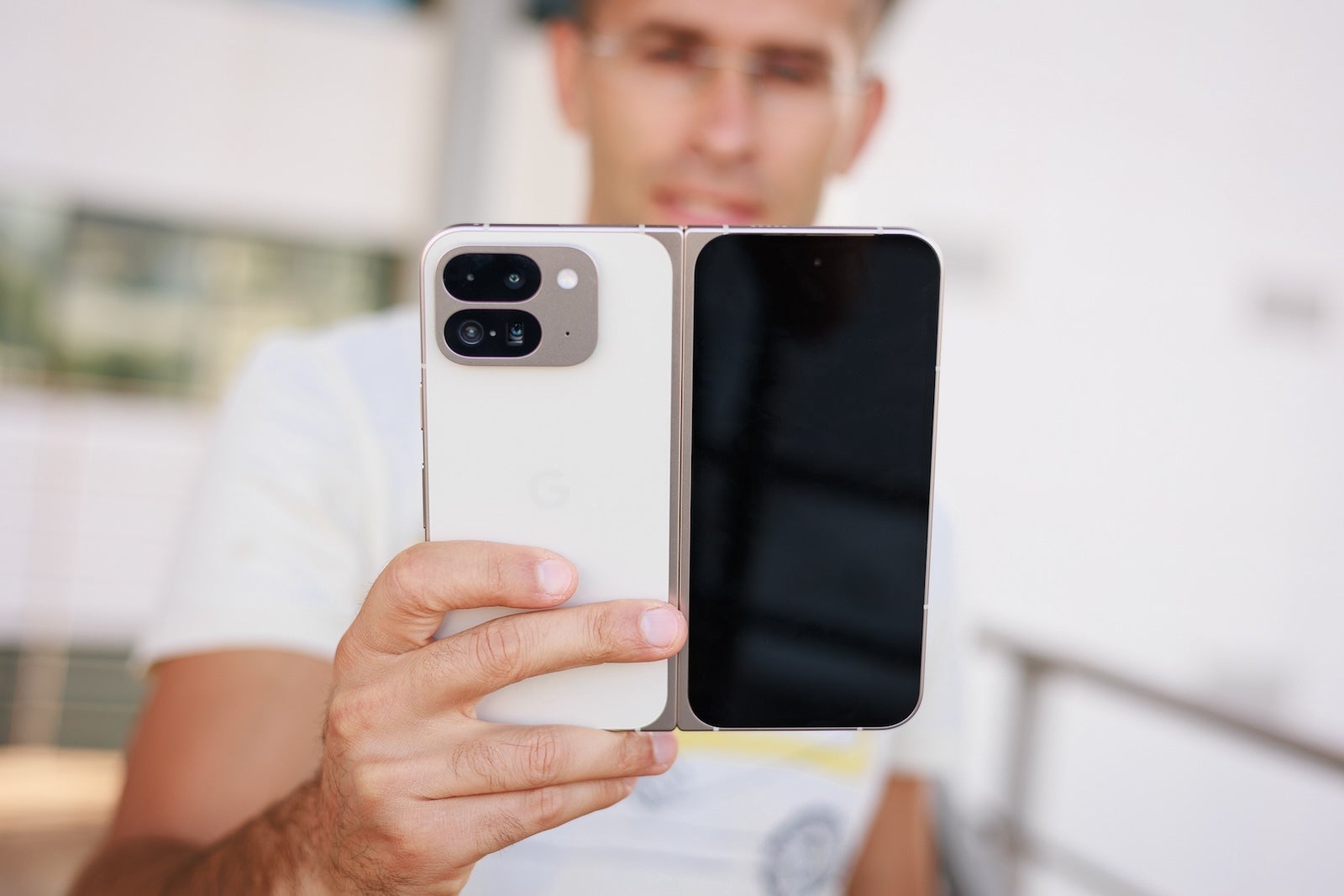
The Pixel 9 Pro Fold was Google’s second attempt at a book-style foldable, released in 2024, and it addressed many of the shortcomings of the original Pixel Fold. With a taller aspect ratio and a much more practical cover screen, it quickly became the most comfortable foldable phone to actually use like a regular smartphone.
Why I Picked It?
The charm with the Pixel 9 Pro Fold wasn’t in its spec sheet, but in the way it felt when you use it on a daily basis. Unlike older Folds, which felt awkwardly narrow when closed, the Pixel 9 Pro Fold’s cover screen felt like using a normal phone. This made it arguably the best foldable if you wanted something closer to a regular phone experience, but with the added benefit of the larger screen when you needed it.
Google also put a lot of effort into the hinge and durability. While it’s not as thin or light as the latest Oppo or Honor foldables, the Pixel 9 Pro Fold strikes a balance between solid build quality and a comfortable in-hand feel.
It also has a decent camera system, with average battery life, but lasted enough for a full day of use.
Looking Ahead: Pixel 10 Pro Fold
Now, with the Pixel 10 Pro Fold announced and shipping October 9, Google's foldable might take up a different title in this list. Google’s third-gen foldable brings IP68 water and dust resistance, a sturdier gearless hinge, and a slightly refined design.
Based on what we know, the Pixel 10 Pro Fold looks set to be a stronger competitor for the best battery life on a foldable, but we will only know for sure after our tests.
Should you pre-order the Pixel 10 Pro Fold?
If you’re already sold on foldables and are considering Google’s ecosystem, then yes — the Pixel 10 Pro Fold looks like a meaningful upgrade over the 9 Pro Fold, and the good news is that there is no price hike this year.
The bigger battery, Qi2 magnetic charging, and new hinge design all address real-world concerns, and the Tensor G5 unlocks AI features that could genuinely make the foldable experience more productive.
Read more:
What to look for in a foldable phone?
When choosing a foldable, it's best to start with the display and the hinge. The internal screen should be bright, sharp, and smooth, with reinforced glass or protective layers to handle daily use. A sturdy hinge is just as critical, as it makes the phone last longer and allows for hands-free use at different angles.
Software is the next big factor. The best foldables make use of their big screens with fluid multitasking, app continuity between cover and main displays, and clever extras that make use of this unique form factor.
Finally, performance and battery life. I'd say that the latter is more important since you have so much screen real estate, which makes the phone extremely power hungry. But a strong processor is aslo important if you intend to use the phone for any more demanding tasks for work or creativity.
When is the best time to buy a foldable?
Typically, the best time to pick up a foldable is during its launch window. Samsung and Google, in particular, tend to offer the strongest trade-in values and free storage upgrades right out of the gate. If you miss that window, big shopping events like Black Friday or back-to-school sales are a close second, often bundling accessories or discounts.
How durable are foldables?
The latest foldable phones are definitely tougher than early generations, but still more delicate than a traditional smartphone. New hinges and thicker ultra-thin glass help, but sand and dust particles remain major enemies to the foldable form factor. Keep your pockets clean, avoid sketchy screen protectors, and close the phone before throwing it in a bag.
Are foldable phones water-resistant?
Most foldable phones carry an IPX8 rating, which means they have been tested to survive continuous immersion in fresh water beyond one meter, usually around 1.5 to 3 meters for up to 30 minutes depending on the manufacturer’s specific test. That should mean they are safe from splashes, rain, or even an accidental drop in the sink or tub.
Keep in mind that the IPX8 rating does not guarantee resistance against salt water, chlorinated pools, soapy water, or high-pressure jets. These tests are done in controlled lab environments, and real-world conditions such as movement, temperature changes, or long-term wear and tear can reduce the effectiveness of the protection.
Do foldable phones have a crease?
Yes. How visible/feelable it is varies. Oppo and Samsung’s latest are the least distracting from the ones we've reviewd; with content on screen, you can even forget it’s there.
Is Apple making a foldable iPhone?
Rumors about a foldable iPhone keep coming in. The latest state we can expect Apple's first foldable iPhone in 2026, so it might be worth waiting if you are an iPhone user and want to try out the foldable form factor.
How we test phones
We put every foldable through the same lab and real-world process:
- Battery: Three standardized runs: scripted web browsing, YouTube streaming, and 3D gaming. All of these are done at 200-lux ambient light and calibrated screen brightness, a fixed refresh (60/120Hz as applicable), with a fresh install, and identical network conditions. We publish each result plus a general estimated battery life score.
- Display: Calibrated colorimeter for peak/typical brightness, color error (∆E), gamma, and reflectance. Crease visibility is evaluated side-by-side under matched lighting.
- Performance: Synthetic benchmarks plus a 30-minute sustained load to assess throttling and chassis temperatrues (logged at multiple points).
- Camera: Controlled scene chart (artificial lighting, identical subjects and angles).
- Ergonomics: At least three days of daily carry per device, noting pocket feel, one-hand reach on the cover screen, hinge stability at multiple angles, and comfort.
Follow us on Google News


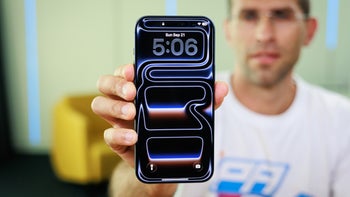
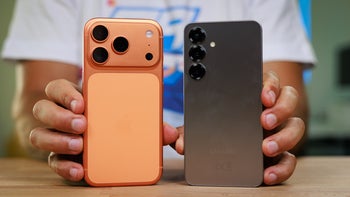
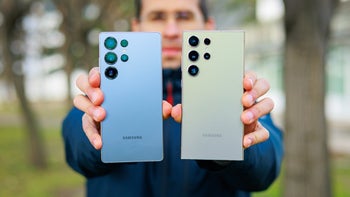
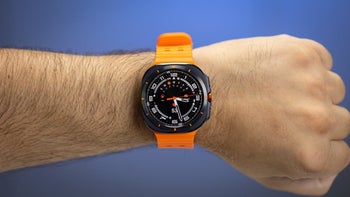
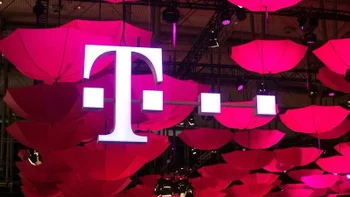
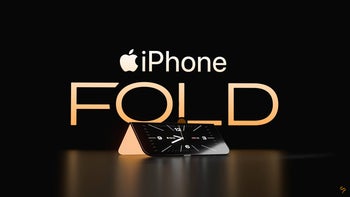

![A new Android bug is making it impossible to install new apps. Are you affected? [UPDATE]](https://m-cdn.phonearena.com/images/article/176703-wide-two_350/A-new-Android-bug-is-making-it-impossible-to-install-new-apps.-Are-you-affected-UPDATE.webp)
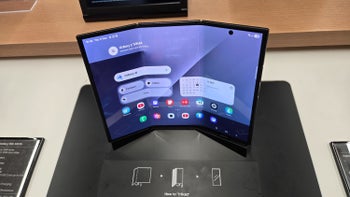
Things that are NOT allowed:
To help keep our community safe and free from spam, we apply temporary limits to newly created accounts: